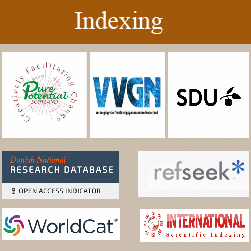Attachment-Based Treatment for Anxiety Disorders Use of spontaneity as a mode of relating to resolve anxiety
Author(s):
Martin Fields
Although we have established effective treatments for anxiety disorders,the problem is on the rise worldwide, and the effect sizesfor treatments suggest that advancements are needed. Part of the reason for the limitations in our treatments may be because they are designed to address the disorder’s symptoms rather than its underlying cause. This paper is geared toward presenting a likely neurobiological cause and a proposed treatment.
There is significant evidence that the basis for anxiety is a combination of stress, especially interpersonal stress, and an inability to find solutions to resolve it. Anxiety is the result of this lack of coping ability. The part of the brain involved in designing these coping strategies, especially when the stressor is complex and emotion-based, is the dorsolateral prefrontal cortex. That is because it is the brain’s “sketch pad,” in that it allows us to think of solutions on a “symbolic” rather than a concrete basis.Anxiety arises when the person is unable to use this brain region effectively in formulating solutions, and instead designs ineffective solutions. The reason for that deficit may stem from early childhood, during a phase of attachment in which parents do not engage spontaneously in child-induced play. The mother is unable to be spontaneous in sharing the child’s play,which is needed for the child to generate his or her own solutions to problems. This leads to an inability of the child’s dorsolateral prefrontal cortex structure to properly develop. This will manifest as a lack of “insight,” or ability to generate spontaneous solutions to problems instead focusing on routinized solutions to emotion-based problems later in life that often do not work. Evidence is provided in a case report of a patient with an anxiety disorder who could not solve his interpersonal problems because he lacked the necessary insight. This deficit was so profound that he could not use insight-based psychotherapy and found use of medication too sedating. By modelling a more spontaneous give and take between the therapist and the patient’s wife, who served as a “co-therapist,”the patient was able to learn to develop his own insight. His wife would tell the therapist the problems the patient was unable to tell him and would help the patient to learn to respond to the interpretations offered by the therapist. The patient learned how to imitate his wife and describe his problems, and then to imitate the therapist and generate his own insight. As this occurred, his anxiety was resolved. The basis of the attachment that developed with his therapists was based on the use of spontaneity, from which the patient learned his own insights resolving his anxiety.



